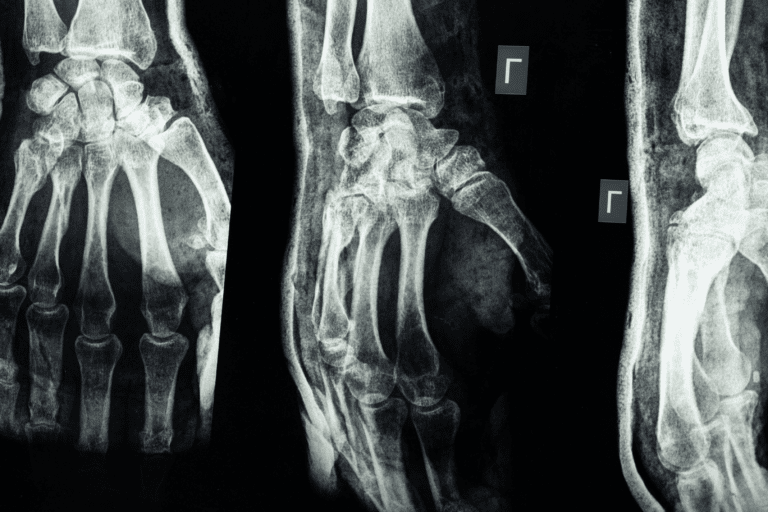Perhaps the greatest benefit of a whole life insurance policy is the policy loan feature. As your insurance policy matures, you earn interest and dividends paid into the cash value portion of your policy. Plus, when you have a whole life insurance policy structured for maximum cash value, like one with a Paid-Up Additions rider, your cash value accumulates even faster. But what do you use it for?
How to Use a Policy Loan
The cash value of your policy generally takes the place of your emergency fund. You can use it for unexpected costs like medical bills, living expenses if you lose your job, or for large purchases you weren’t anticipating. You can also use the cash value of your policy to take advantage of investment opportunities, fund your business, or pay for things like college tuition.
Additionally, you can use a policy loan to pay for your insurance premium. This is an especially valuable tool right now due to the uncertain economy. If you’re concerned about paying your insurance premium, an APL (automatic premium loan) might be the way to go. You’re essentially recycling money: You borrow against your cash value to pay your premium, which causes the cash value to rise.
Finally, use a policy loan to pay off high interest rate debt (like credit card debt). This reorganization of cash flow lets you refinance your debt yourself and gives you more control over your money with more flexibility. It can be a great way to regain your financial footing.
Regardless of how you use a policy loan, the cash value of your policy will keep on growing. Just as the value of your home increases even though you’re paying a mortgage on it, the cash value of your insurance policy continues to grow even when you take out a policy loan. This is how you earn interest on yourself.
How to Pay Back a Policy Loan
Like any loan, policy loans have a payback schedule. But you get to determine that schedule. The principal can be paid monthly, quarterly, or annually. You can set up automatic payments. Interest is charged up front annually. The insurance company will refund any extra interest if you pay the loan off early. Most insurance companies charge 6-8% APR, but your rate may vary. Speak with your insurance carrier or Wealth Strategist for specifics.
Contributing to Your Whole Life Insurance Policy
To maximize the benefits of your whole life insurance policy, focus on funding it in this order:
1. Pay your premium.
2. Pay the minimum Paid-Up Addition (usually $100 or $250).
3. Pay policy loan interest annually.
4. Pay back the loan principal as soon as you can.
5. Make extra, unscheduled Paid-Up Addition contributions to pay up your policy (which means no more premiums!) and increase cash value.
The policy loan feature of whole life insurance gives you more control and flexibility, lets you be your own bank, reduces reliance on creditors, and acts as your emergency savings. To read more about the benefits of a policy loan, read “The Life Insurance Loan” in Issue 1 of The Donohoe Bulletin.







